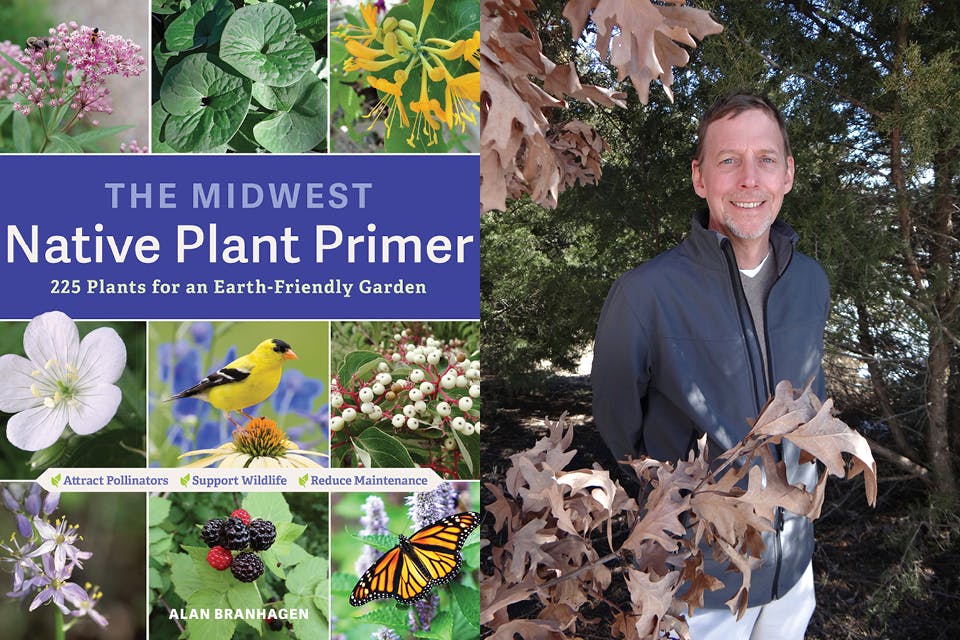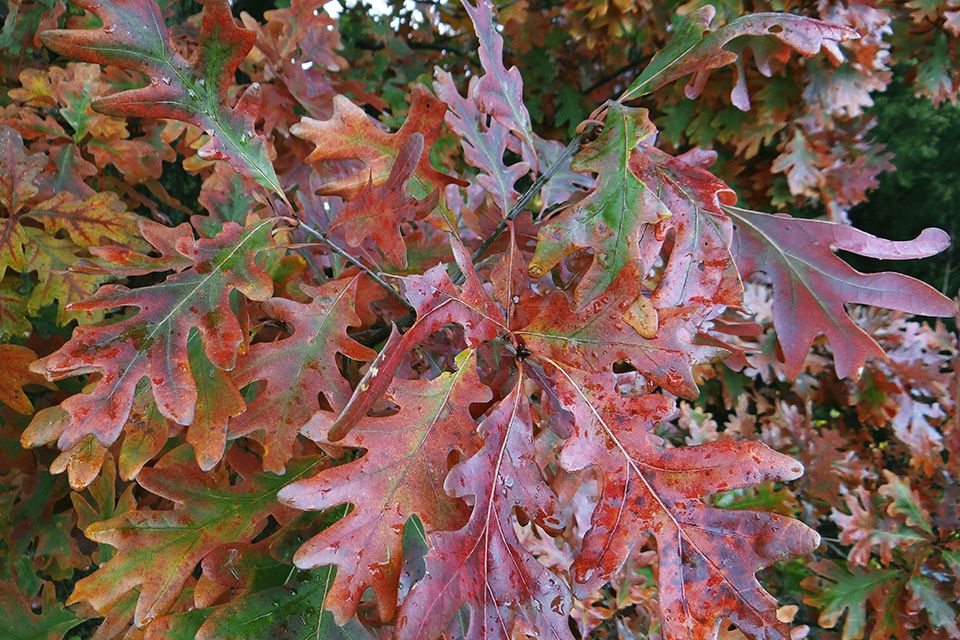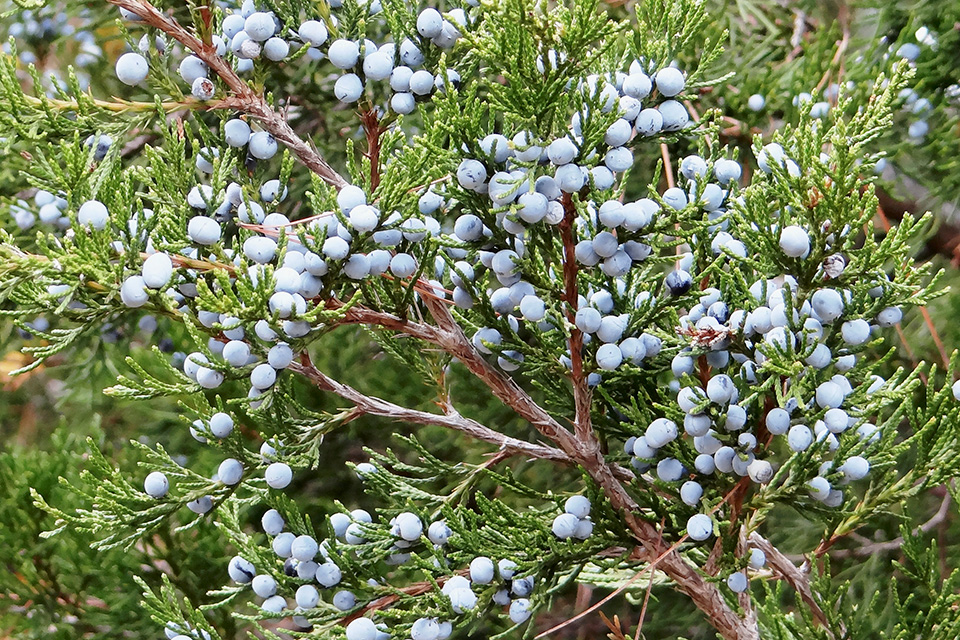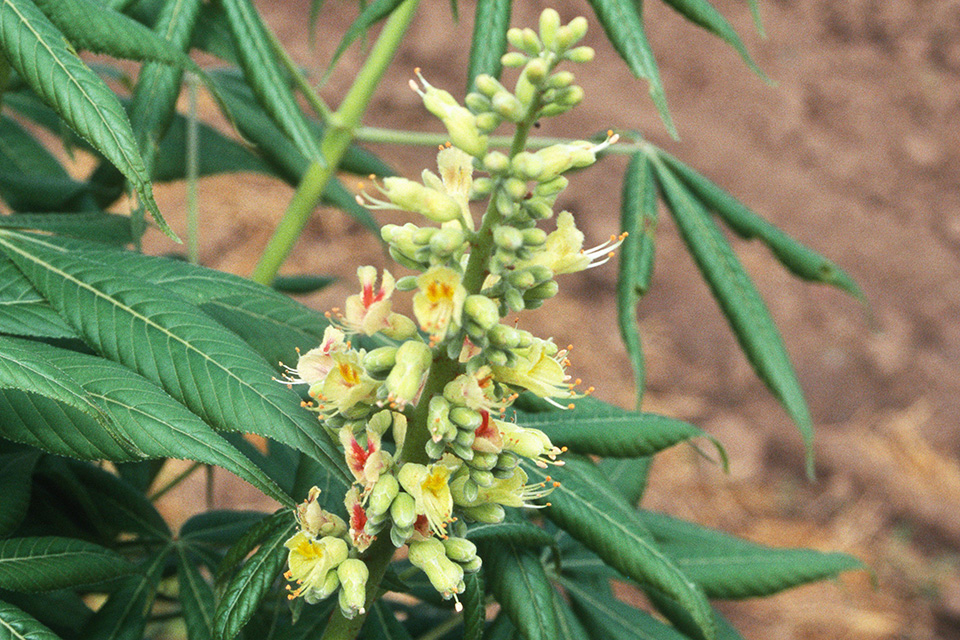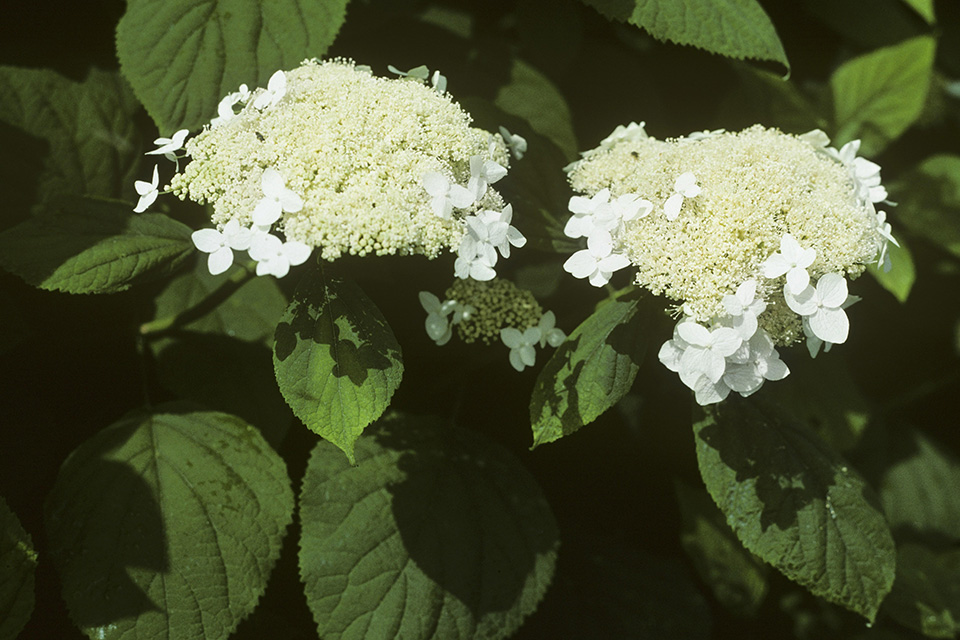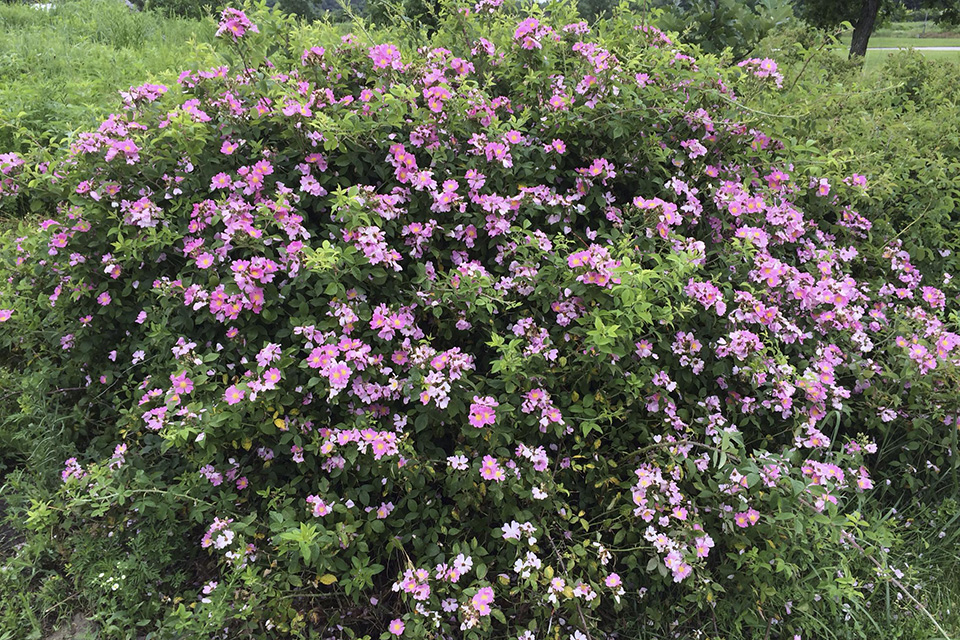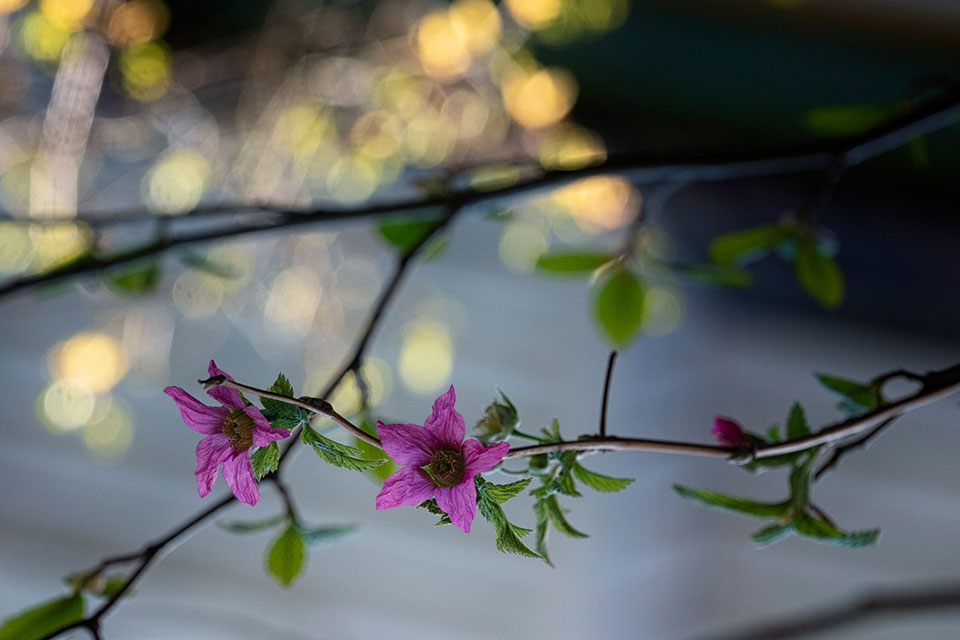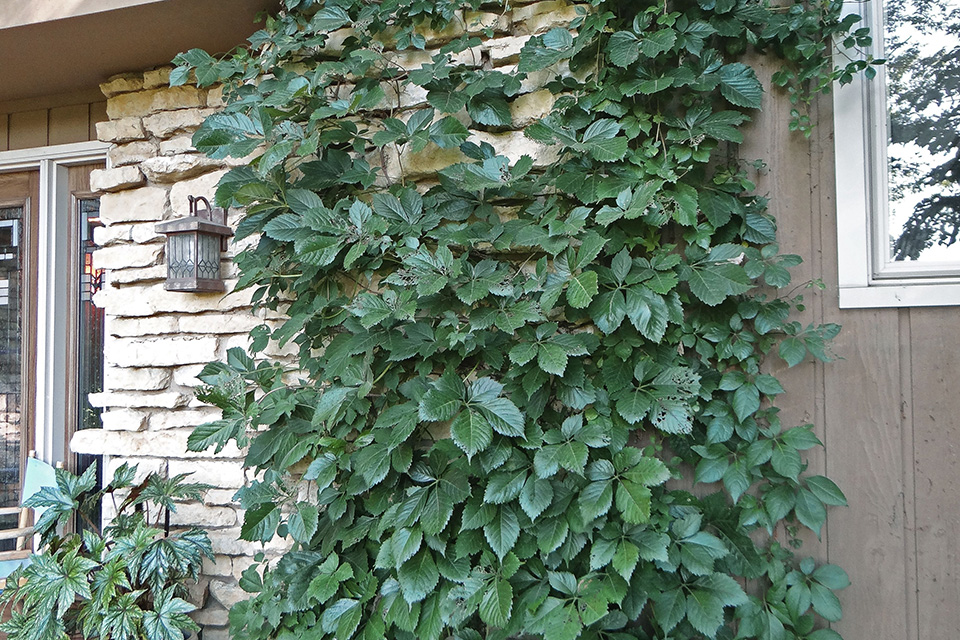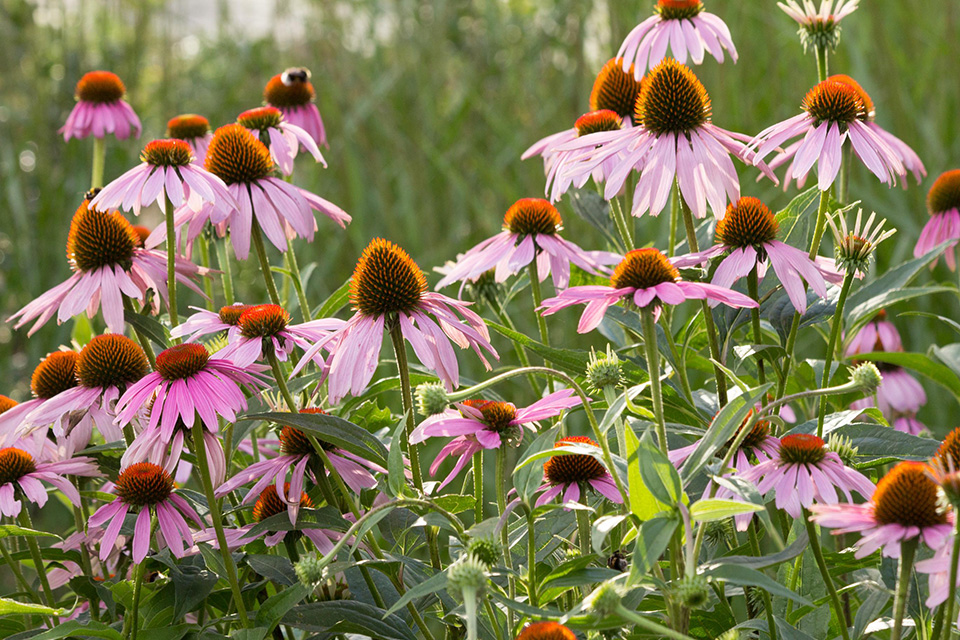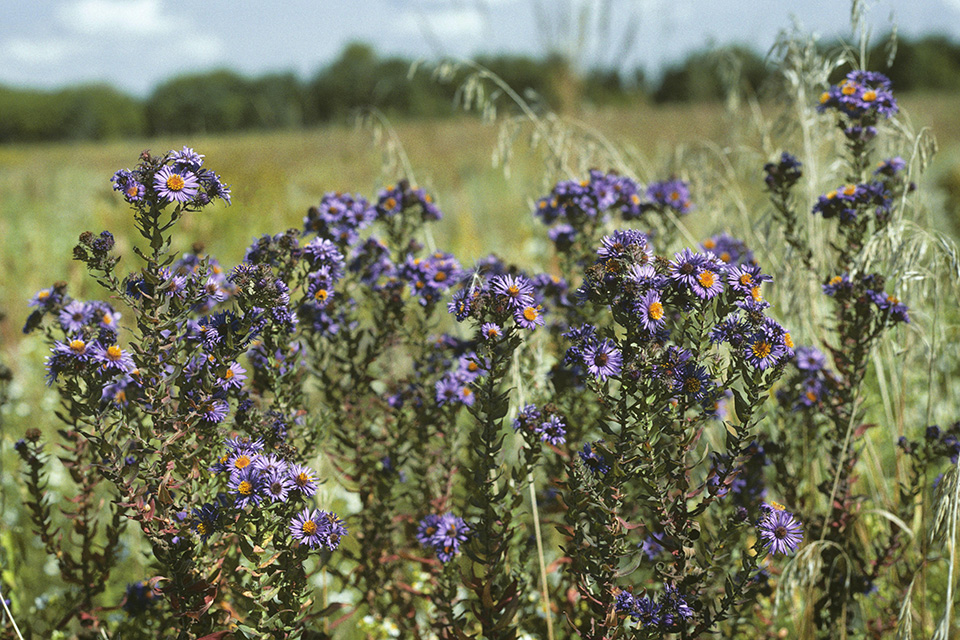Home + Garden
10 Native Plants That Thrive in Ohio
Turn your backyard into an eco-friendly oasis by following these recommendations from landscape architect and author Alan Branhagen.
Related Articles
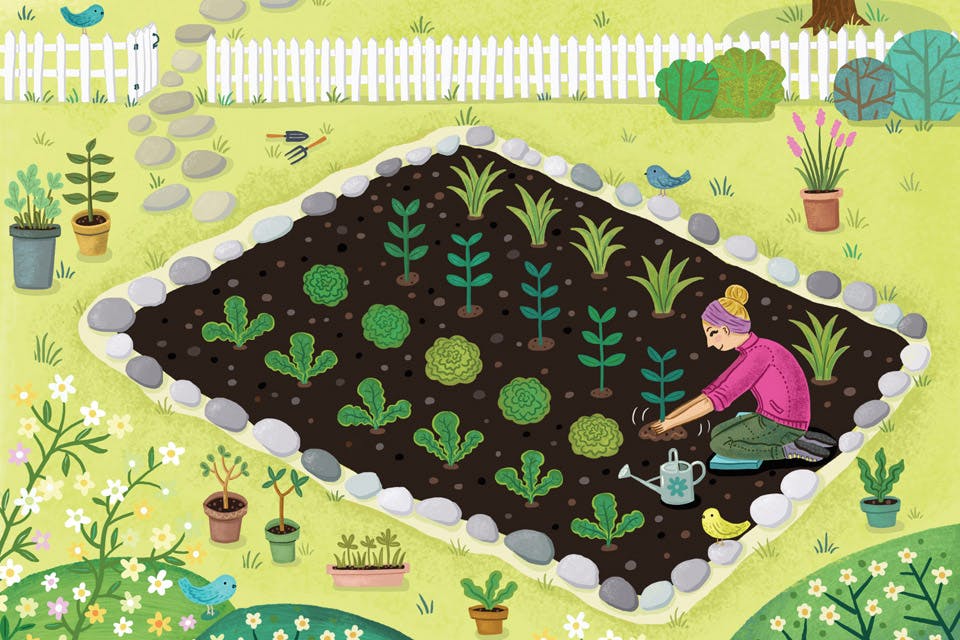
Backyard Garden Guide
Want fresh vegetables but daunted by the idea of all that planting, weeding and watering? Here’s when to start, what to grow and how to succeed in producing a bounty of food. READ MORE >>
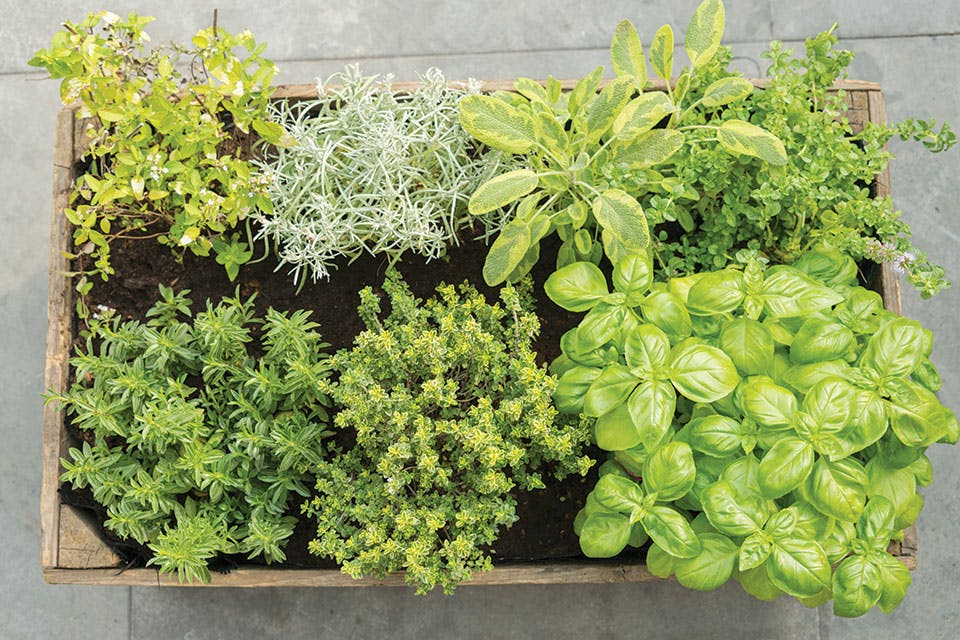
Grow an Ohio Herb Garden
We asked two experts to share a few favorite herb varieties, whether you’re growing outdoors or inside. READ MORE >>
.jpg?sfvrsn=fc2b738_5&w=960&auto=compress%2cformat)
Grow an Ohio Garden with the Native Plant Backyard Challenge
Make your outdoor space into a haven for birds, butterflies and pollinators this season by taking part in this National Audubon Society program. READ MORE >>


